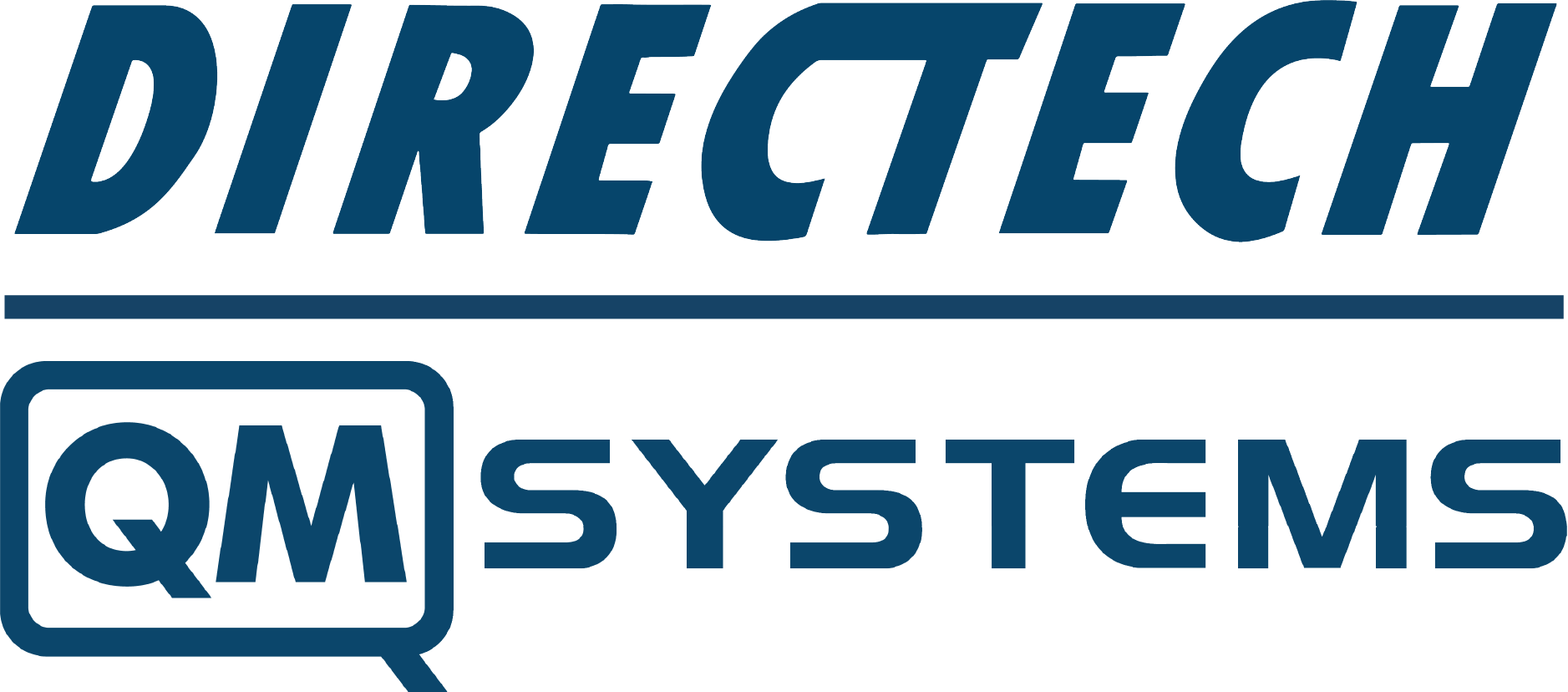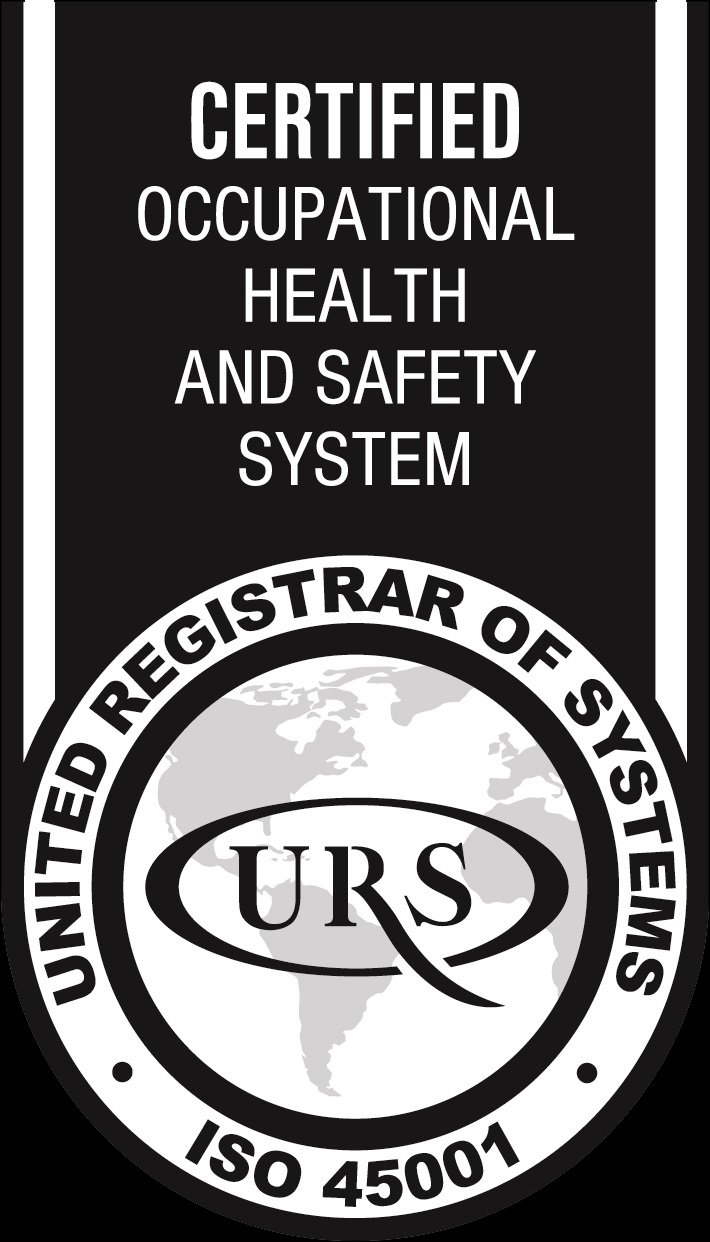Directech QM-Systems was approached by Tier 1 Automotive supplier UK NSI to provide a bespoke solution to press a dial pointer into the dial face of an instrument cluster and validate it.
We designed and manufactured a semi-automated cell, which is an essential system for our client as its required as part of their aftermarket customer support programme. This system utilises a no-fault-forward control system designed and manufactured by Directech QM-Systems. We call this our CAA (Computer Aided Assembly) and it is a PC driven MES (Manufacturing Execution System). The CAA not only guides the operator through the assembly procedure but also provides traceability on 3rd party equipment. CAA is a perfect, cost-effective solution when mixing automation and operators.
The CAA system communicates with our in-house designed controls software, written in LabWindows/ CVI and installed on a PXI PC based system running Windows. The system features a manual mode which allows direct control of the individual devices and is used for the trialling and setup of new product variants through a recipe feature on the system.
Furthermore, the bespoke fixture has SMC cylinders to secure the instrument cluster in place. The fixture is installed onto a universal mounting plate, mounted to a servo-controlled XY table. The operator is prompted by the CAA to insert a dial pointer into one of two Z-axis, held by vacuum.
The X-Y table moves under the pointer; the Z-axis inserts and rotates a specified number of degrees relating to that variant to secure the pointer into the dial face, whilst measuring the forces through a @Futek load cell. Once inserted, the X-Y table moves under the second Z-axis, fitted with a Keyence LVDT probe measuring height; this validates the pointer has been inserted to the required specification. A barcode scanner is used to scan a code on the cluster to log the results against the serial number, thus providing traceability for our client. If any product were to be returned by the end-user, our client would be able to verify their product against the assembly and test results from the manufacturing process.












